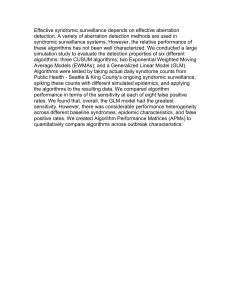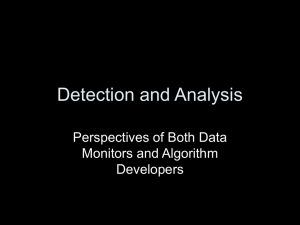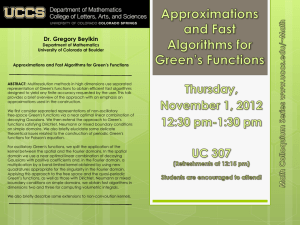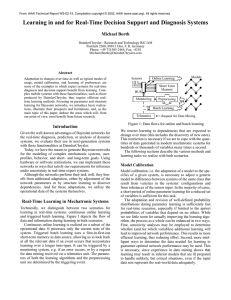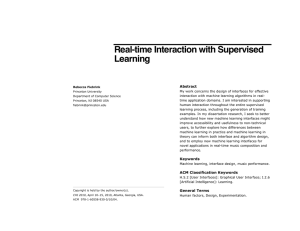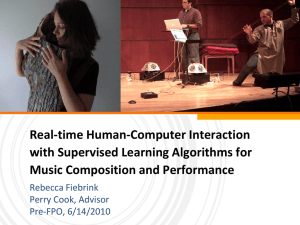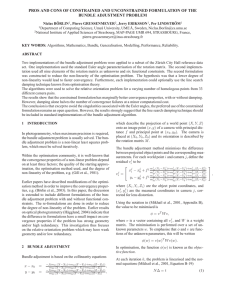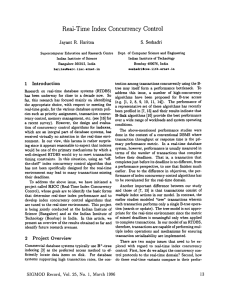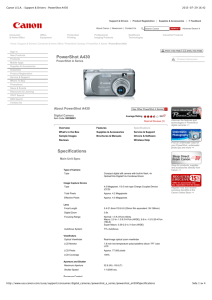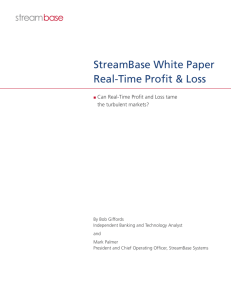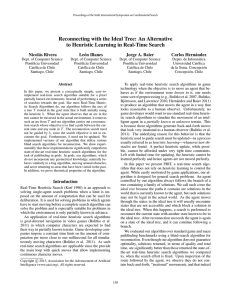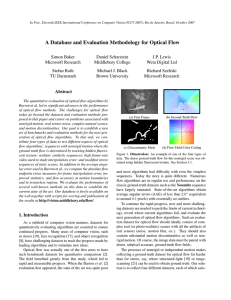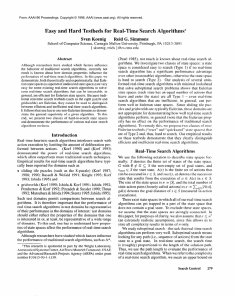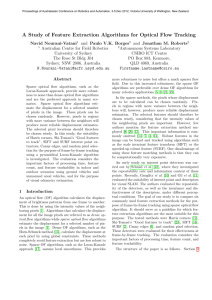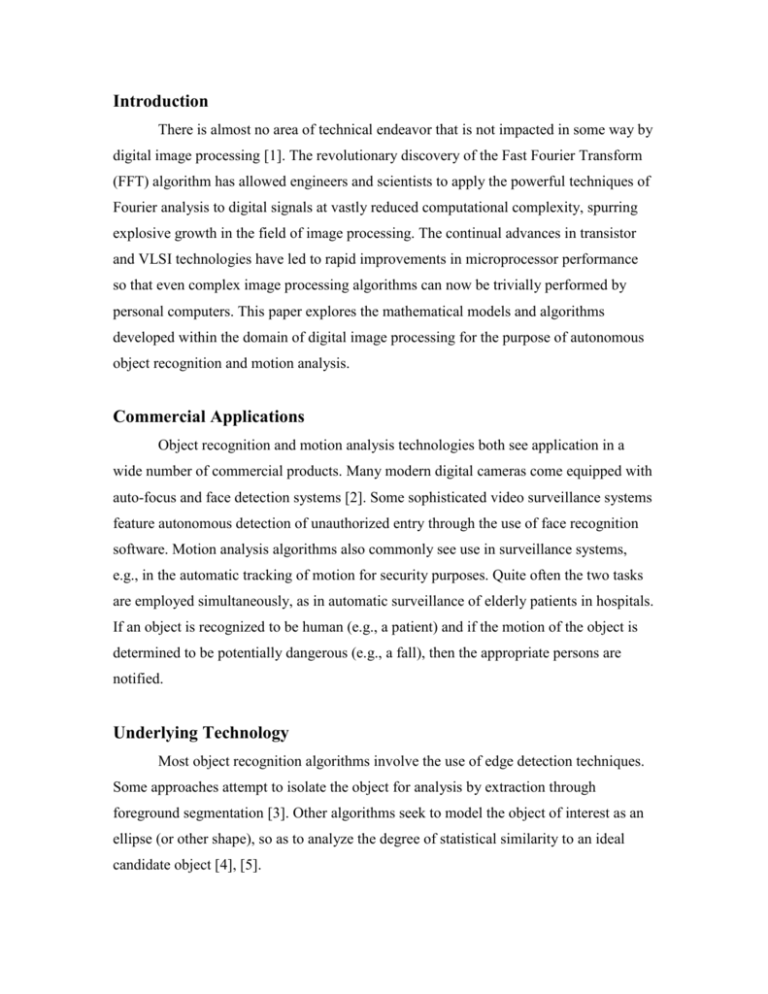
Introduction
There is almost no area of technical endeavor that is not impacted in some way by
digital image processing [1]. The revolutionary discovery of the Fast Fourier Transform
(FFT) algorithm has allowed engineers and scientists to apply the powerful techniques of
Fourier analysis to digital signals at vastly reduced computational complexity, spurring
explosive growth in the field of image processing. The continual advances in transistor
and VLSI technologies have led to rapid improvements in microprocessor performance
so that even complex image processing algorithms can now be trivially performed by
personal computers. This paper explores the mathematical models and algorithms
developed within the domain of digital image processing for the purpose of autonomous
object recognition and motion analysis.
Commercial Applications
Object recognition and motion analysis technologies both see application in a
wide number of commercial products. Many modern digital cameras come equipped with
auto-focus and face detection systems [2]. Some sophisticated video surveillance systems
feature autonomous detection of unauthorized entry through the use of face recognition
software. Motion analysis algorithms also commonly see use in surveillance systems,
e.g., in the automatic tracking of motion for security purposes. Quite often the two tasks
are employed simultaneously, as in automatic surveillance of elderly patients in hospitals.
If an object is recognized to be human (e.g., a patient) and if the motion of the object is
determined to be potentially dangerous (e.g., a fall), then the appropriate persons are
notified.
Underlying Technology
Most object recognition algorithms involve the use of edge detection techniques.
Some approaches attempt to isolate the object for analysis by extraction through
foreground segmentation [3]. Other algorithms seek to model the object of interest as an
ellipse (or other shape), so as to analyze the degree of statistical similarity to an ideal
candidate object [4], [5].
Optical flow techniques are commonly used to detect motion in a video sequence.
However, optical flow is not well-suited for real-time video analysis and is particularly
susceptible to noise [4]. Alternatively, some motion analysis algorithms calculate and
utilize Motion History Images (MHI), where pixel intensities correspond to the recency
of motion in an image sequence [6]. MHI-based algorithms generally offer improved
real-time performance over those based on optical flow.
Implementation
Object recognition and motion analysis are generally implemented via software
written in high level languages suitable for digital signal processing, e.g. C/C++ and
MATLAB. A video camera capable of interfacing with a computer or embedded
processor is required for data acquisition. The method of interfacing must allow for the
image data to be written to memory faster than the data is obtained (i.e., the camera frame
rate). A common implementation involves a wide-angle webcam interfaced to a PC via
USB [4].
Sources
[1]
R. C. Gonzalez and R. E. Woods. Digital Image Processing, 3rd edition. Upper
Saddle River, New Jersey: Pearson Prentice Hall, 2008.
[2]
Canon USA. PowerShot SD1000 Technical Specifications. PowerShot SD1000
Digital Camera, Feb. 21, 2007. [Online]. Available:
http://www.usa.canon.com/consumer/controller?act=ModelInfoAct&fcategoryid=
145&modelid=14901#ModelTechSpecsAct. [Accessed: Jan. 20, 2009].
[3]
K. Kim, T. Chalidabhongse, D. Harwood, and L. Davis. Real-time foregroundbackground segmentation using code-book model. Real-Time Imaging, 11(3):172185, June 2005.
[4]
C. Rougier, J. Meunier, A. Arnaud, and J. Rousseau. Fall detection from human
shape and motion history using video surveillance. In IEEE Advanced
Information Networking and Applications Workshops, 2007.
[5]
W. Pratt. Digital Image Processing, 3rd edition. New York: John Wiley & Sons,
2001.
[6]
A. Bobick and J. Davis. The recognition of human movement using temporal
templates. In IEEE Transactions on Pattern Analysis and Machine Intelligence,
volume 23, pp. 257-267, March 2001.

